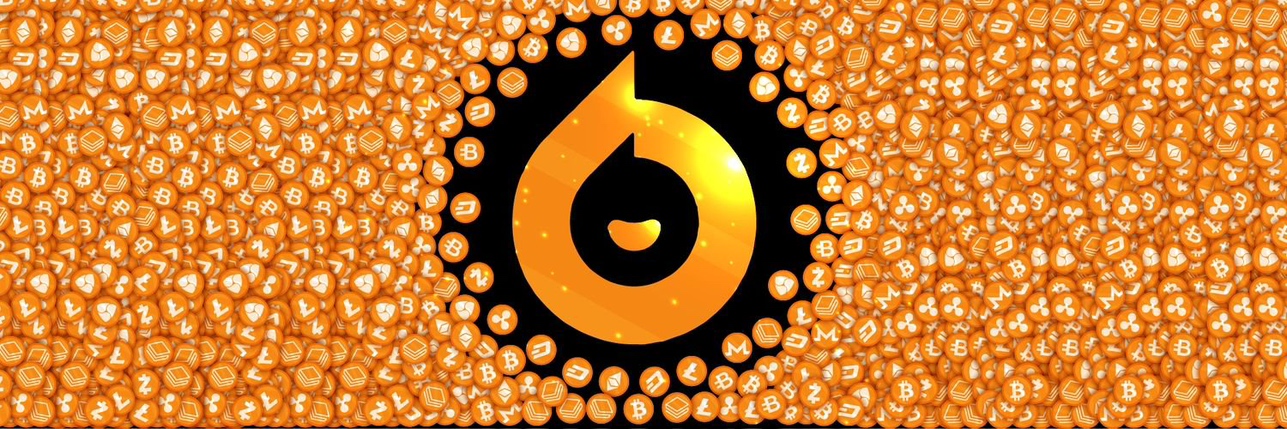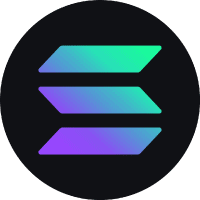


Prix de Baby Moon FlokiFLOKI
Que pensez-vous de Baby Moon Floki aujourd'hui ?
À propos de Baby Moon Floki (FLOKI)
Baby Moon Floki Token: Une innovation dans le monde de la cryptomonnaie
La révolution numérique dans le système financier a été introduite par la technologie blockchain, qui a donné naissance à de nombreuses cryptomonnaies. L'une des entrées les plus récentes et les plus fascinantes dans cette sphère est le Baby Moon Floki Token. Utilisant la technologie blockchain de manière innovante et unique, ce jeton offre des perspectives intéressantes pour les investisseurs en cryptomonnaie.
Qu'est-ce que Baby Moon Floki Token?
Baby Moon Floki est un jeton de la chaine de blocs Ethereum. Il est un jeton déflationniste qui offre une récompense automatique à ses détenteurs. A chaque transaction, une taxe est prélevée et redistribuée aux détenteurs de Baby Moon Floki, générant ainsi un flux passif de revenus.
Le potentiel du Baby Moon Floki Token
En raison de sa structure déflationniste, le Baby Moon Floki a un énorme potentiel de croissance. Avec chaque transaction effectuée, la quantité de jetons en circulation diminue, augmentant ainsi la valeur des jetons restants. De plus, avec la redistribution des taxes aux détenteurs, il y a une incitation supplémentaire à en détenir ce jeton.
Sécurité et transparence
L'un des aspects les plus importants de toute crypto-monnaie est la sécurité et la transparence qu'elle offre. Le contrôle du contrat de Baby Moon Floki est renoncé, l'audit initial est terminé et le LP est brûlé – des mesures qui assurent la viabilité et la sécurité du jeton.
Conclusion
Baby Moon Floki Token se démarque dans un océan de cryptomonnaies grâce à son modèle économique innovant et à sa transparence exceptionnelle. Pour les investisseurs désireux de s'aventurer dans le monde fascinant de la cryptomonnaie, Baby Moon Floki est sans aucun doute un jeton à surveiller.
Note: Il est crucial de faire vos propres recherches et de comprendre le fonctionnement du marché des cryptomonnaies avant d'investir. Les marchés de la cryptomonnaie sont très volatils et investir dans la cryptomonnaie comporte des risques.
Disclaimer: Ce contenu est uniquement informatif et ne doit pas être considéré comme un conseil financier.
Rapport d'analyse IA sur Baby Moon Floki
Prix de Baby Moon Floki du jour en EUR
Historique des prix de Baby Moon Floki (EUR)
 Prix le plus bas
Prix le plus bas Prix le plus élevé
Prix le plus élevé 
Quel est le prix le plus élevé de Baby Moon Floki ?
Quel est le prix le plus bas de Baby Moon Floki ?
Prédiction de prix de Baby Moon Floki
Quel sera le prix de FLOKI en 2026 ?
Quel sera le prix de FLOKI en 2031 ?
FAQ
Quel est le prix actuel de Baby Moon Floki ?
Quel est le volume de trading sur 24 heures de Baby Moon Floki ?
Quel est le record historique de Baby Moon Floki ?
Puis-je acheter Baby Moon Floki sur Bitget ?
Puis-je gagner des revenus réguliers en investissant dans Baby Moon Floki ?
Où puis-je acheter des Baby Moon Floki au meilleur prix ?
Avoirs Baby Moon Floki
Matrice de distribution des avoirs Baby Moon Floki
Avoirs Baby Moon Floki par concentration
Adresses Baby Moon Floki par durée de détention

Prix de Baby Moon Floki mondiaux
- 1
- 2
- 3
- 4
- 5
Nouveaux listings sur Bitget
Acheter plus
Où puis-je acheter des cryptos ?
Section vidéo – vérifier son identité rapidement

Notes Baby Moon Floki
Bitget Insights




Actifs liés
Infos complémentaires sur Baby Moon Floki
Détails de la crypto
En lien avec la crypto
En lien avec le trading
Actualités de la crypto

































